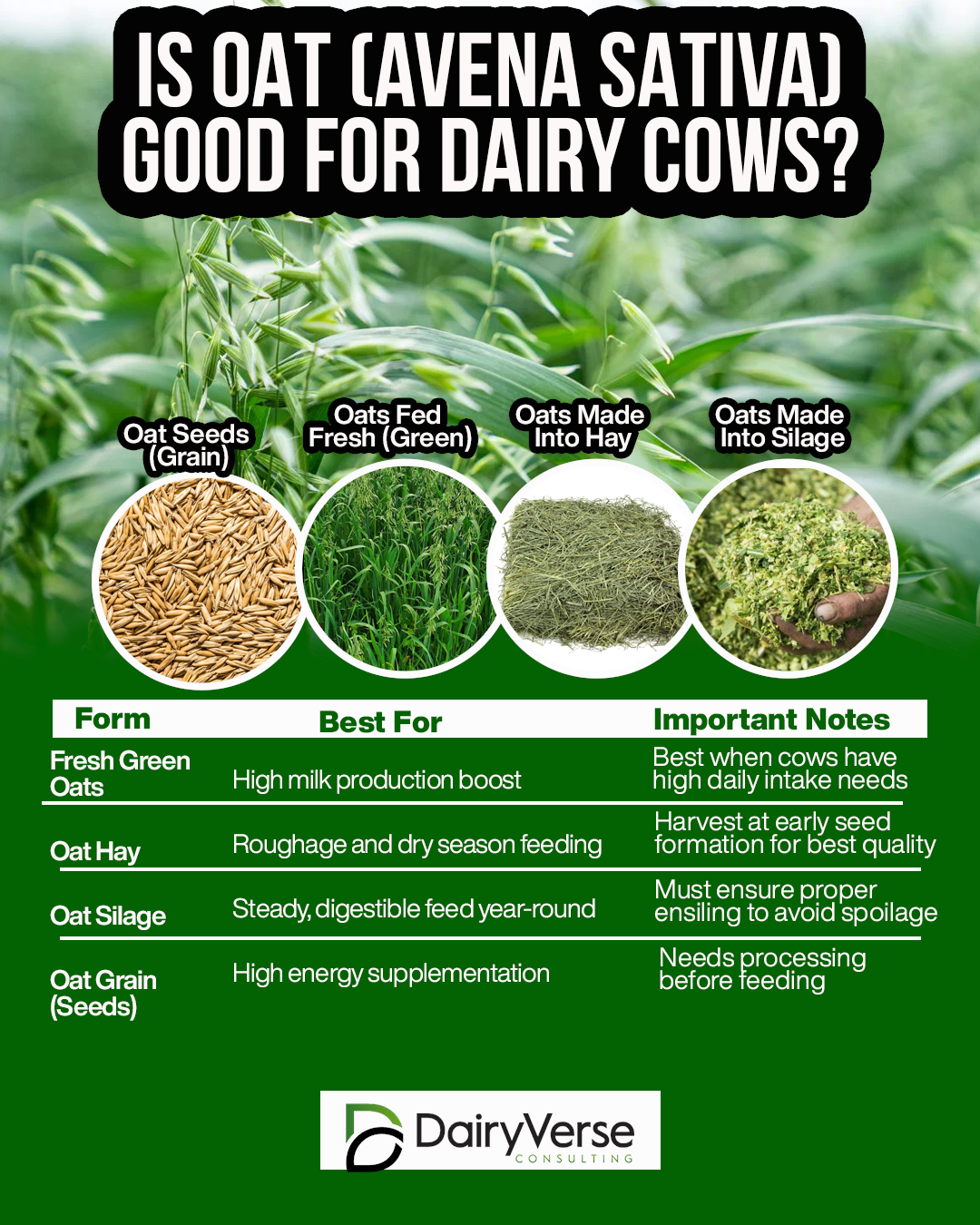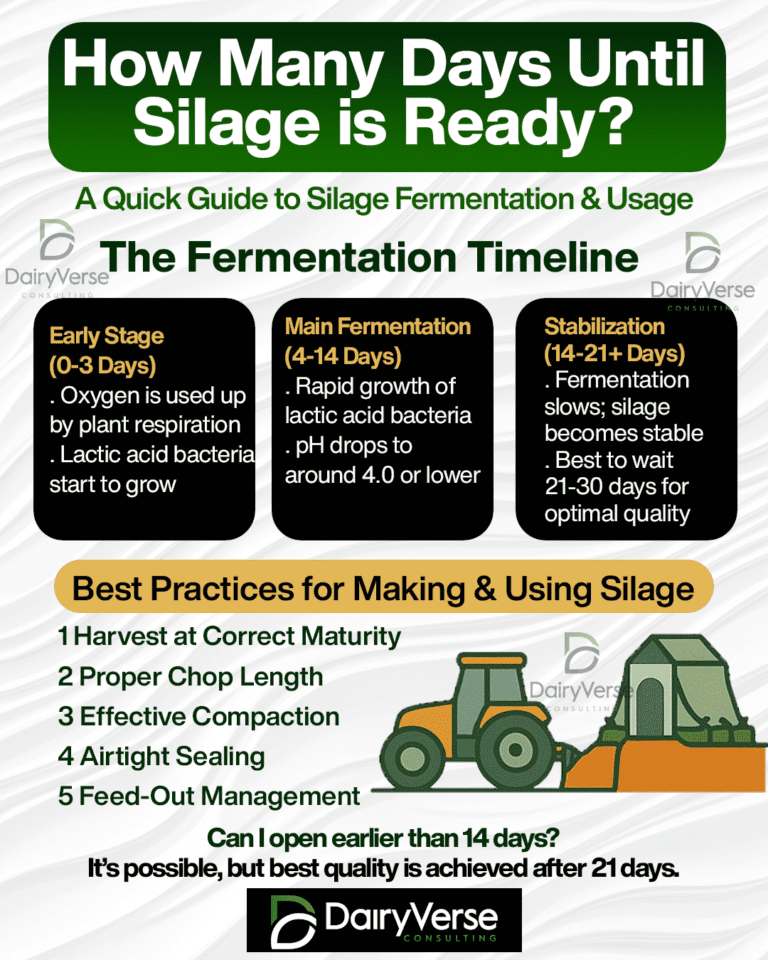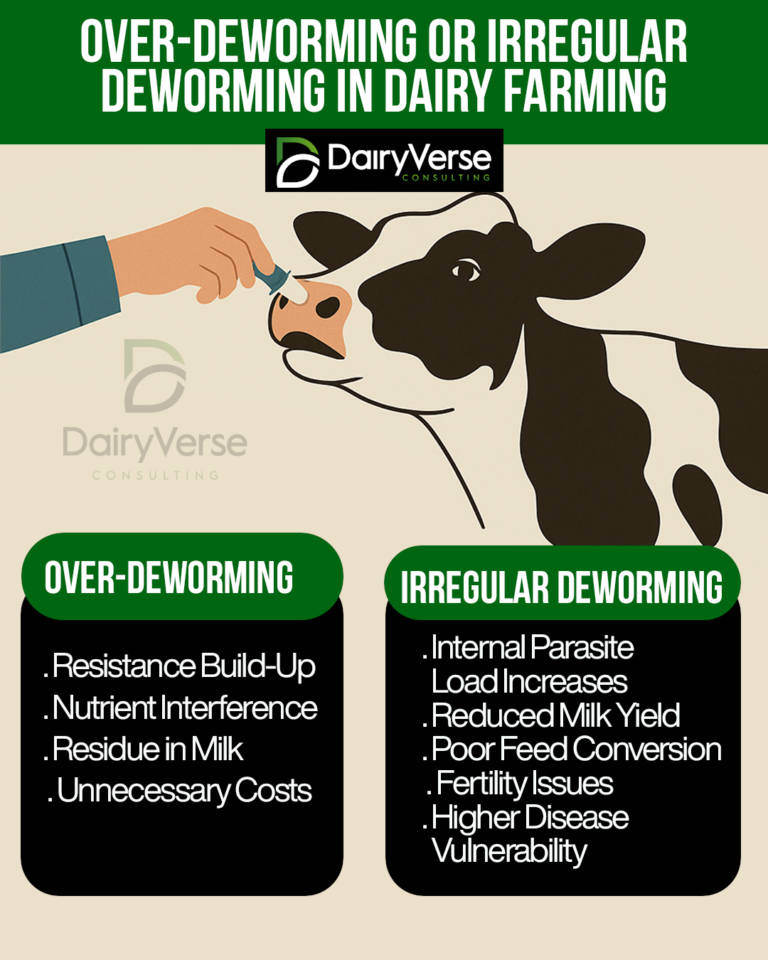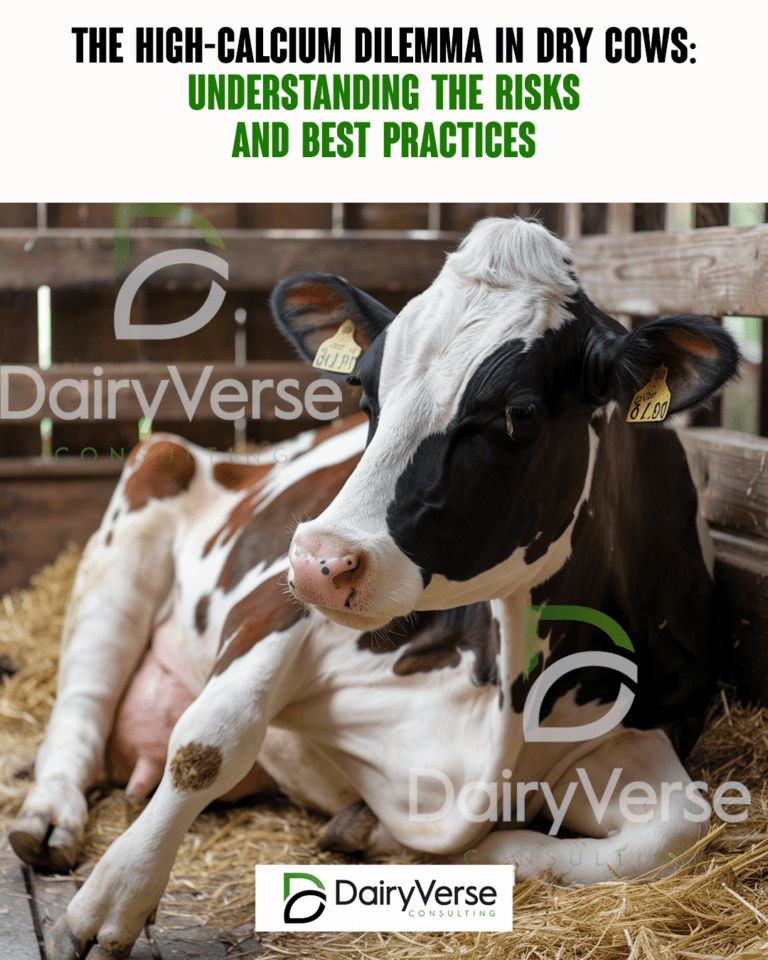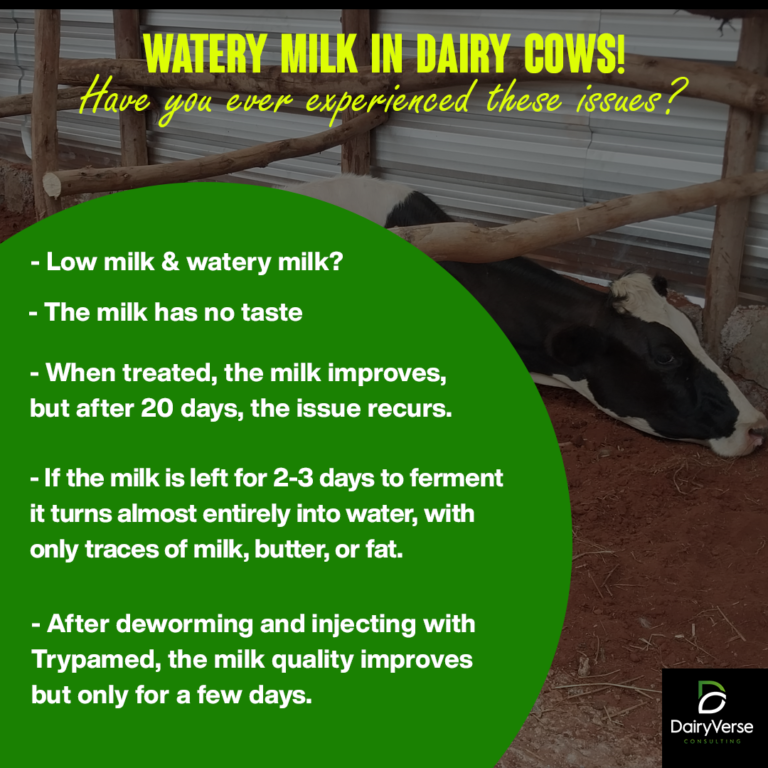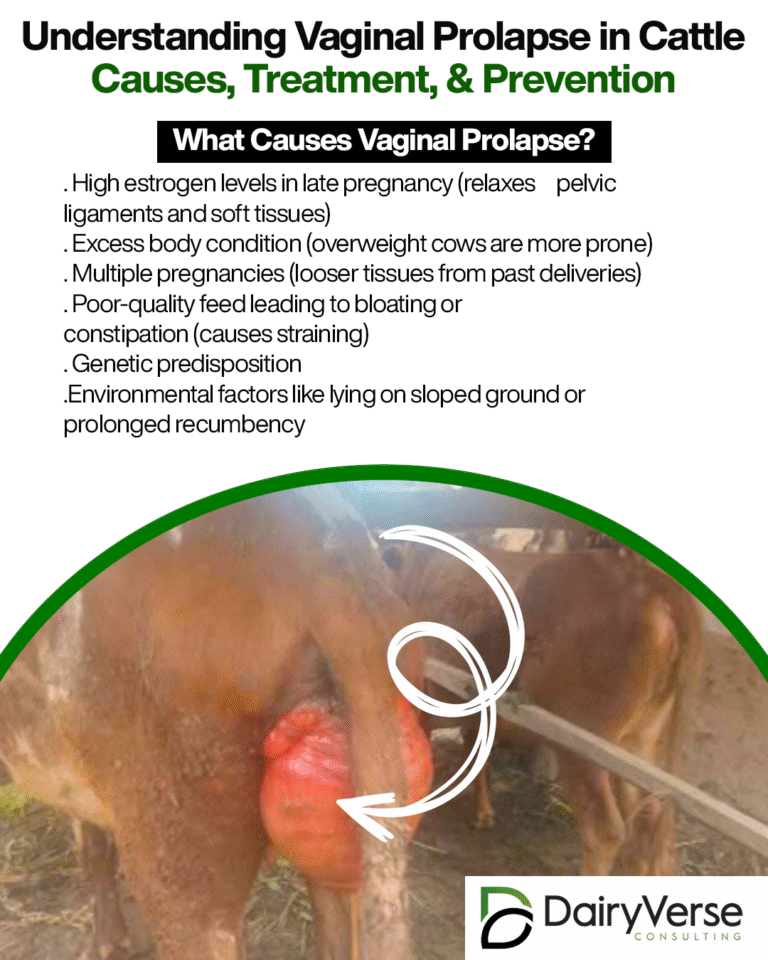Is Oat (Avena sativa) Good for Dairy Cows?
Fresh, Hay, Silage, or Seeds?
Oats (Avena sativa), commonly referred to simply as oat, is a popular forage crop in dairy farming. Its versatility in being fed fresh, as hay, as silage, or even as grain makes it a valuable option for dairy farmers. But which form is the most beneficial for dairy cows? Let’s break it down.
1. Oats Fed Fresh (Green)
Feeding green, fresh oats directly to dairy cows offers several benefits:
- High moisture and palatability: Cows love the juicy, tender green oats, especially during the vegetative and early heading stages.
- Rich in nutrients: Fresh oats provide excellent protein (12–18% depending on growth stage) and energy, promoting good milk production.
- Best for grazing or fresh chop-and-feed systems: Perfect during periods when pastures are limited.
- Drawbacks: Because of high moisture, cows must consume large amounts to meet dry matter needs. Also, handling and storage can be tricky — fresh oats spoil quickly if not consumed immediately.
🔵 Verdict: Very good when managed properly, especially for boosting milk yields in lush seasons.
2. Oats Made Into Hay
Drying oats into hay is a classic preservation method:
- Preserves feed for dry seasons: Oat hay can be stored and used during drought or feed shortages.
- Nutrient content: Good quality oat hay harvested at the “early milk stage” (when seeds are just forming) can still be relatively high in energy and moderate in protein (around 10–12%).
- Fiber advantage: Oat hay provides effective fiber for proper rumen function and digestion.
- Drawbacks: Nutritional quality depends heavily on harvest timing. If harvested too late (seeds too mature), hay becomes coarse and less nutritious.
🔵 Verdict: Excellent for building feed reserves; important for balancing the cow’s fiber needs.
3. Oats Made Into Silage
Oat silage is another fantastic way to preserve oats:
- Higher nutritional retention: When ensiled correctly at the soft dough stage, oats maintain much of their energy and protein content.
- Easy to digest: Silage ferments and becomes more digestible compared to mature hay.
- Year-round feeding: Silage ensures a steady, nutritious feed source for high-producing dairy cows.
- Drawbacks: Poor ensiling practices (wrong moisture content, air leaks) can lead to spoilage and mycotoxin risks.
🔵 Verdict: Outstanding choice for maintaining milk production year-round — provided silage is well made.
4. Oat Seeds (Grain)
Oat grains themselves can be fed to dairy cows:
- High in energy: Oat grain is rich in starch and fiber compared to other cereals like maize.
- Good for lactating cows: Offers an energy boost for high milk production.
- Digestibility: Oats have a hull, making them bulkier but slower to ferment, which helps prevent digestive upsets.
- Drawbacks: Should be ground or rolled to maximize digestion; whole oats might pass through undigested.
🔵 Verdict: Excellent energy supplement when used correctly in rations.
Final Summary
| Form | Best For | Important Notes |
|---|---|---|
| Fresh Green Oats | High milk production boost | Best when cows have high daily intake needs |
| Oat Hay | Roughage and dry season feeding | Harvest at early seed formation for best quality |
| Oat Silage | Steady, digestible feed year-round | Must ensure proper ensiling to avoid spoilage |
| Oat Grain (Seeds) | High energy supplementation | Needs processing before feeding |
Conclusion:
Oats are very good for dairy cows, whether fed fresh, dried, fermented, or as grain.
👉 Fresh green oats are excellent when abundant.
👉 Hay and silage ensure feed availability and nutritional balance during shortages.
👉 Oat grain adds a strategic energy boost for peak milk production.
The choice depends on your farm’s feeding system, storage capacity, and seasonal needs.

